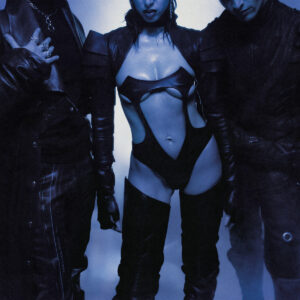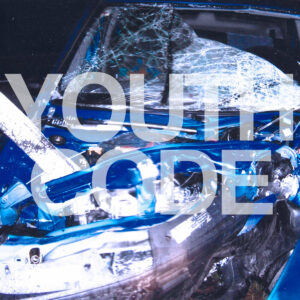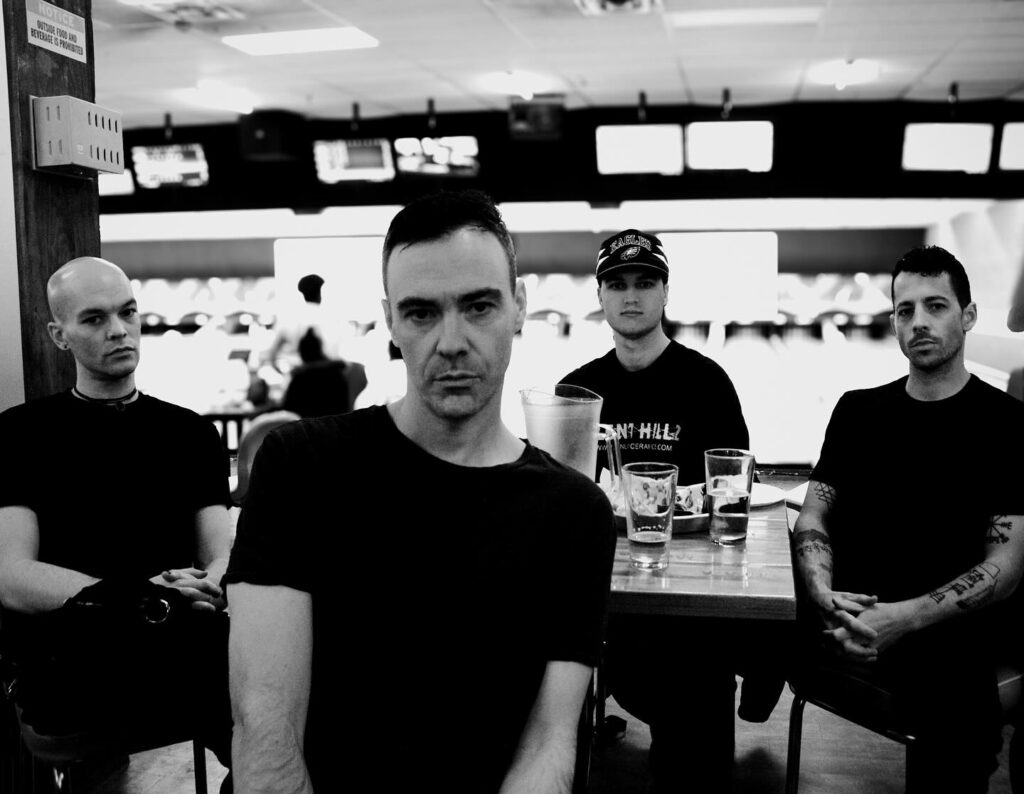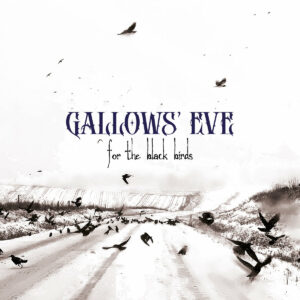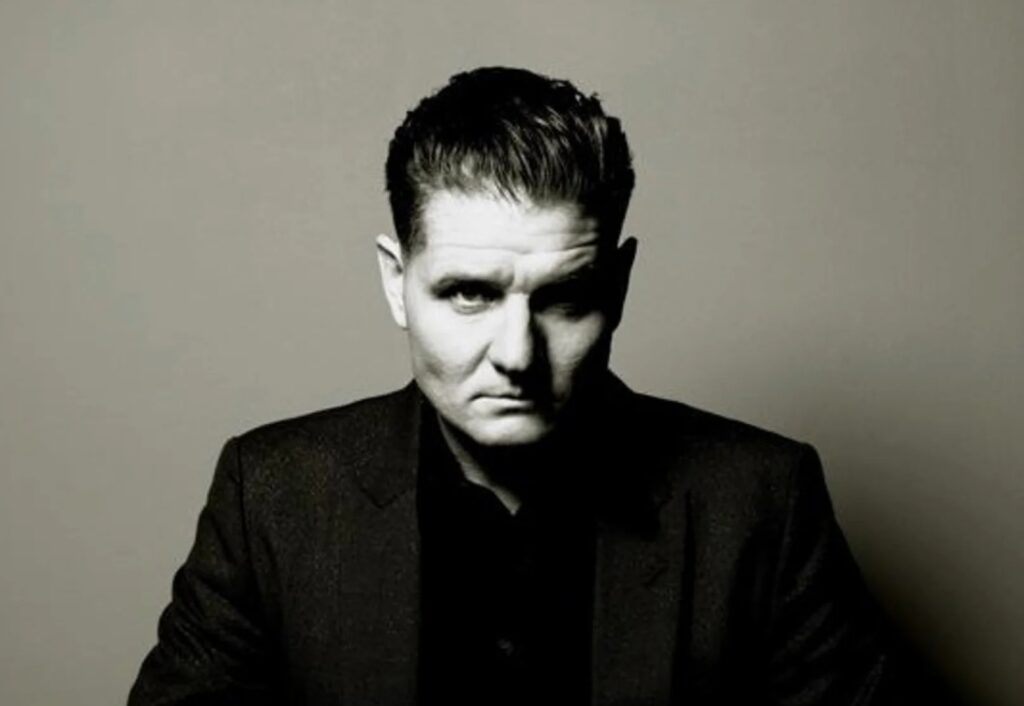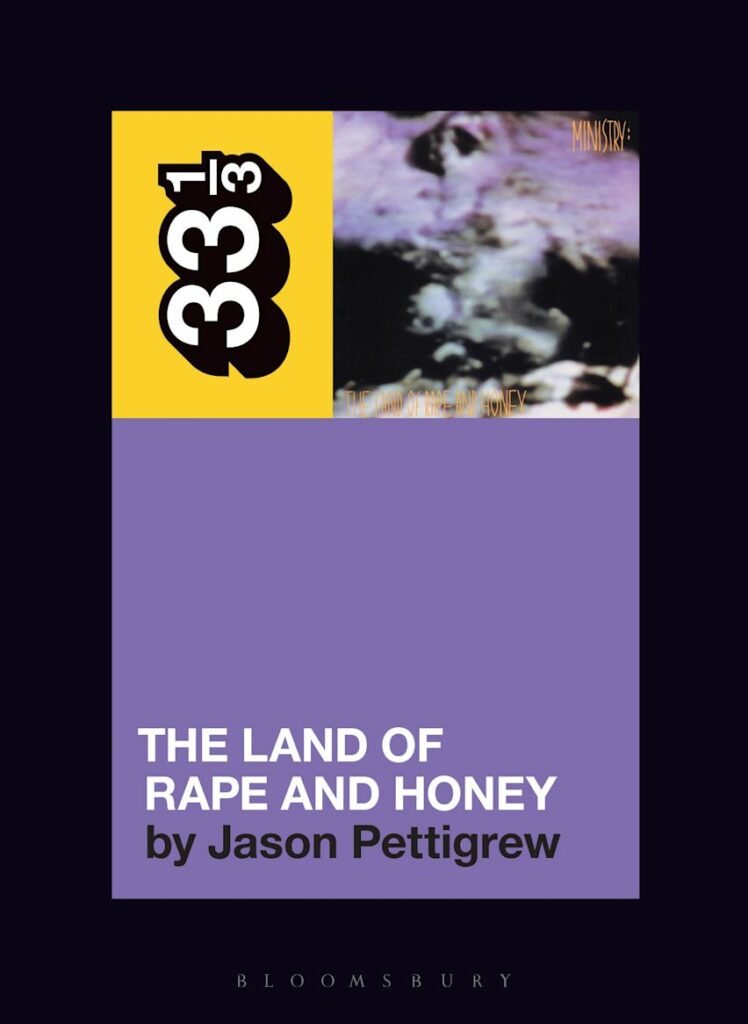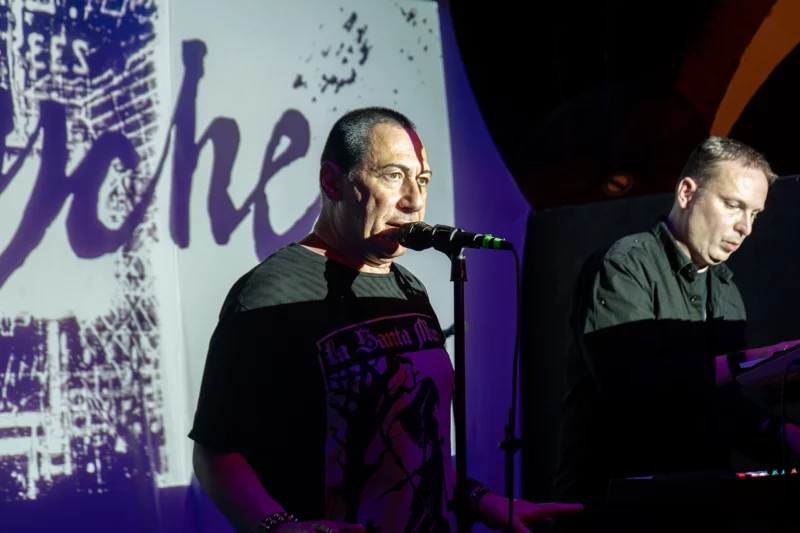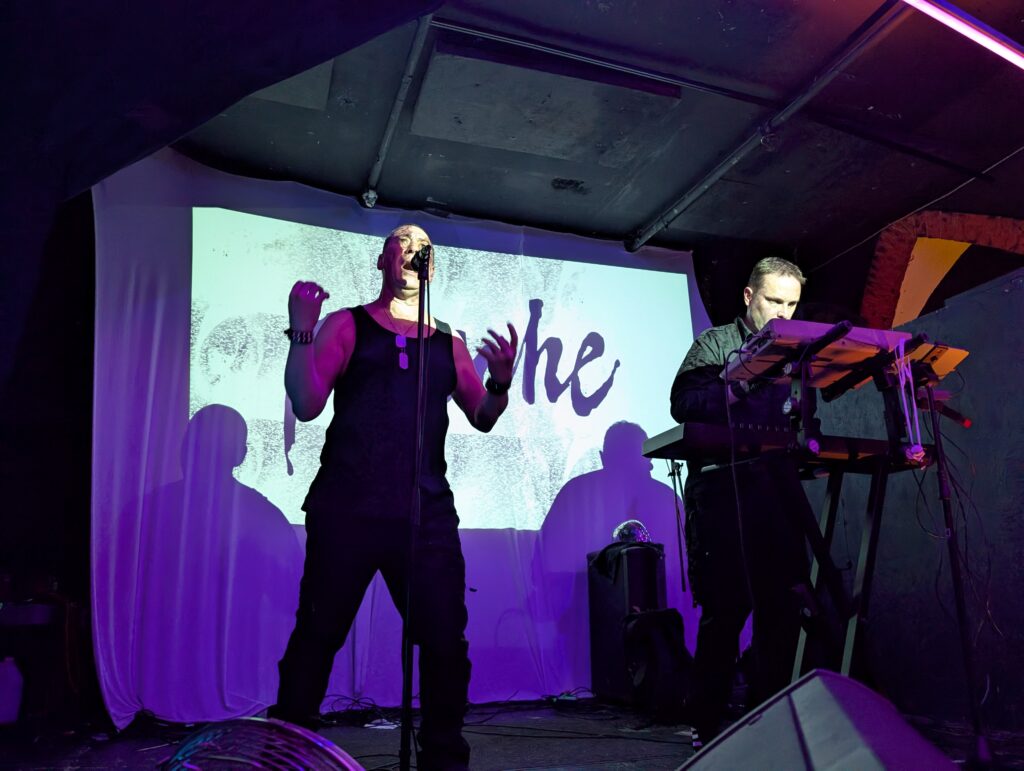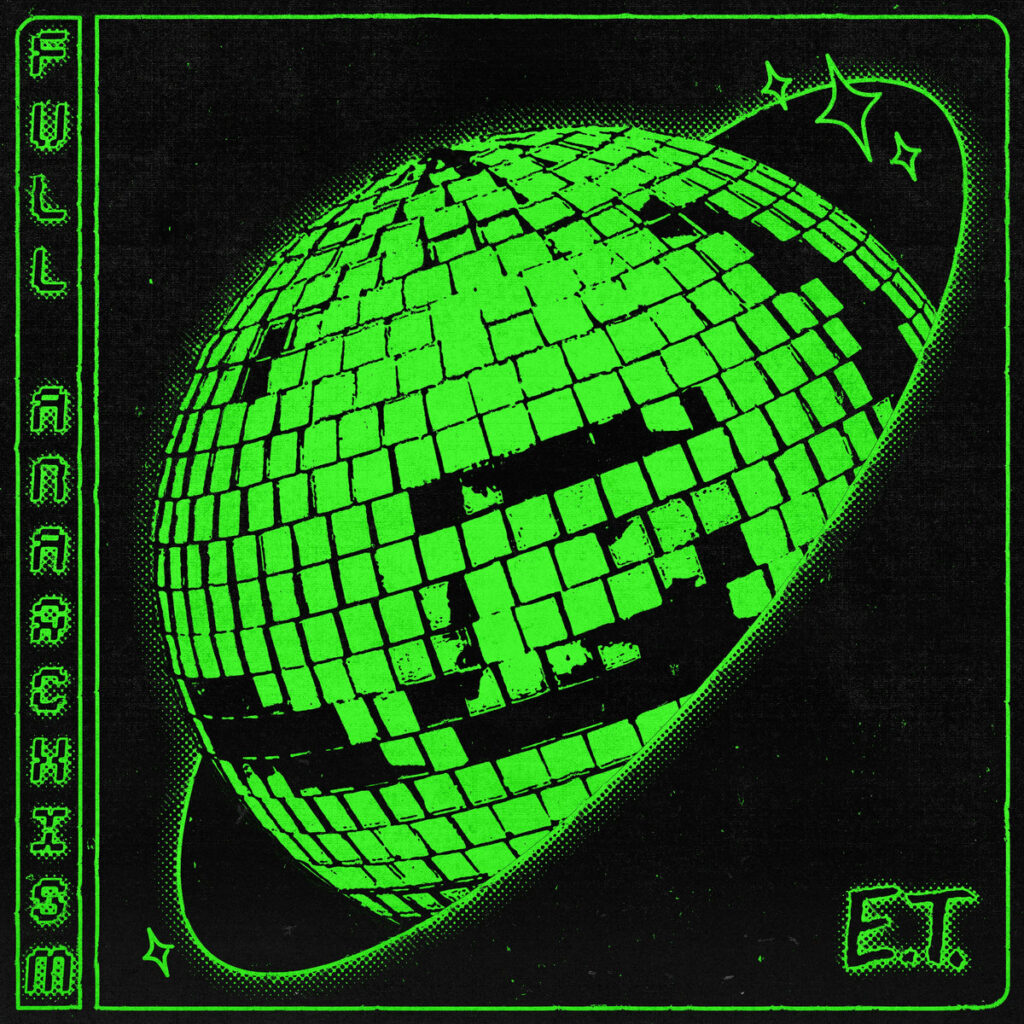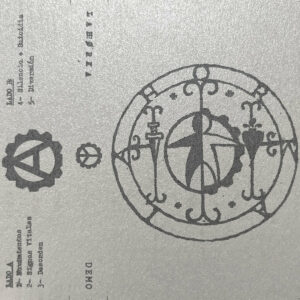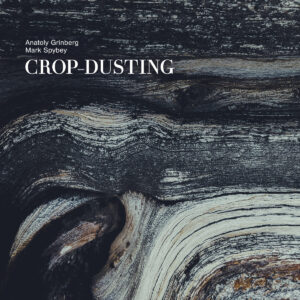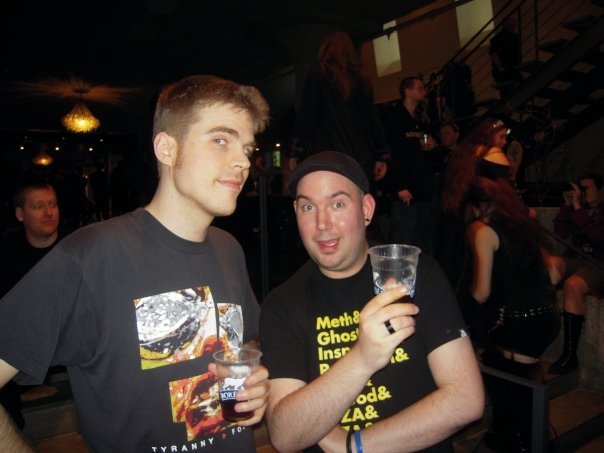It’s Verboden Fest this weekend here in Vancouver, folks! As always we’re excited about seeing some festival fam we rarely get to hang out with on our home turf, see some familiar favourite acts, and to check out a few completely new to us acts, the latter of which are numerous on this year’s bill. As always, if you’re in town for Verboden, come and say hi to the two goofs introducing bands to the stage.

Our friend and yours, Caustic.
Camlann, “Worship Me”
Whoa, Camlann’s new one does the weird cross genre thing that the Indonesian darkwavers have had on lock for a while now, but this time it’s goth rock and like early 2000s pop-rock. It’s such an odd combination of sounds that aren’t actually totally disimilar (they both rely on big, broadly appealing hooks and fist pumping rhythms), done in the way that the duo only can, which is to say with a certain combination of deadpan sincerity and off-kilter weirdness. The band has had some real strong singles in the last six months or so, a new album in the not so distant future seems inevitable.
Worship Me by Camlann
Wicked Girls, “Big Dumb Banger”
A new collab between Louisahhh and kimifromtheinternet, Wicked Girls’ first teaser from their Good Dogs EP certainly does what it says on the tin in terms of offering up big doofy kicks and a slew of wormy acidic programming. But, as with all things Louisahhh has a hand in, there are certainly layers beneath the most obvious readings which we’re looking forward to gleaning once the full EP is out.
Good Dogs by Wicked Girls (Louisahhh & kimifromtheinternet)
Caustic, “Thirsty Dog”
It’s been a bunch of years since we had a new Caustic single, although Matt Fanale hasn’t ever been far from our speakers between his work as half of Klack, as Daddybear and various other musical endeavours. Enter “Thirsty Dog”, an unexpected Nick Cave and the Bad Seeds cover, remade as a manic electro body blowout, delivered in Caustic’s recognizable growl. And it’s frankly a cover that makes a lot of sense – setting aside the jump from bluesy garage howl to thudding industrial clamor, it’s the sort of self-excoriating screed that has informed some of both Cave and Fanale’s best work. With the B-side “Never Look At You Twice” going even further down the industrial punk road, it’s looking like July’s Fiend should be a real paint peeler.
Thirsty Dog by Caustic
SDH, “Lovers Wonder (Alen Skanner remix)”
Spain’s SDH team up with one of our favourite current remixers Alen Skanner for a new version of their December 2024 single “Lovers Wonder” and its absolutely tremendous. Now if you follow us, you know we’ve spent a lot of time talking about Alen Skanner’s capacity for high-speed Mortal Kombat style techno-body productions, but in this case the song is taken into a much slower, layered and triumphant direction, taking the lovely melancholy synthpop of the original and building it into an epic. For its bombast with the synth choral voices and thunderous drums, it shows a real subtle grasp of craft, ferreting out the melody of the original and recontextualizing it in big, bold, and imminently replayable fashion.
Lovers Wonder (Alen Skanner Remix) by SDH
WLDV, “Bewitched”
We mostly know Spanish producer WLDV for his uncanny ability for unlicensed remixes of dark classics which somehow dodge the jarring edits and levelling issues such projects usually fall prey to, but he’s just as adept at his own original productions. New EP Bewitched is effectively a sandwiching of this spiralling giallo number between an intro and outro, putting all the spotlight on its tightrope walking between classic, misty 70s analogue witchcraft and more modern Boy Harsher school styles.
WLDV – Bewitched EP by WLDV
Laughing Chance, “Champion’s Tear”
Uneremitting, circular, and entirely pure industrial noise. With that sort of description it should come as no surprise that new project Laughing Chance is the work of Chrondritic Sound honcho and all-around noise impresario Greh Holger. Somewhat different from his main noise project Pure Ground in terms of its use of whirring, monomaniacal loops, pieces like this are a reminder of the ear for detail Holger has in sampling and layering clattering field recordings like these (we’re also choosing to interpret the name as a reference to Ric Flair’s immortal 1992 Royal Rumble performance).
Dead Weight by Laughing Chance
The post Tracks: May 5th, 2025 appeared first on I Die: You Die.


